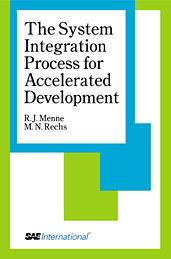Technical Paper
Optimization of Vehicle Air Conditioning Systems Using Transient Air Conditioning Performance Analysis
2001-05-14
2001-01-1734
The National Renewable Energy Laboratory (NREL) has developed a transient air conditioning (A/C) system model using SINDA/FLUINT analysis software. It captures all the relevant physics of transient A/C system performance, including two-phase flow effects in the evaporator and condenser, system mass effects, air side heat transfer on the condenser/evaporator, vehicle speed effects, temperature-dependent properties, and integration with a simplified cabin thermal model. It has demonstrated robust and powerful system design optimization capabilities. Single-variable and multiple variable design optimizations have been performed and are presented. Various system performance parameters can be optimized, including system COP, cabin cool-down time, and system heat load capacity. This work presents this new transient A/C system analysis and optimization tool and shows some high-level system design conclusions reached to date.


